Unknown Women Scientists: Barbara McClintock
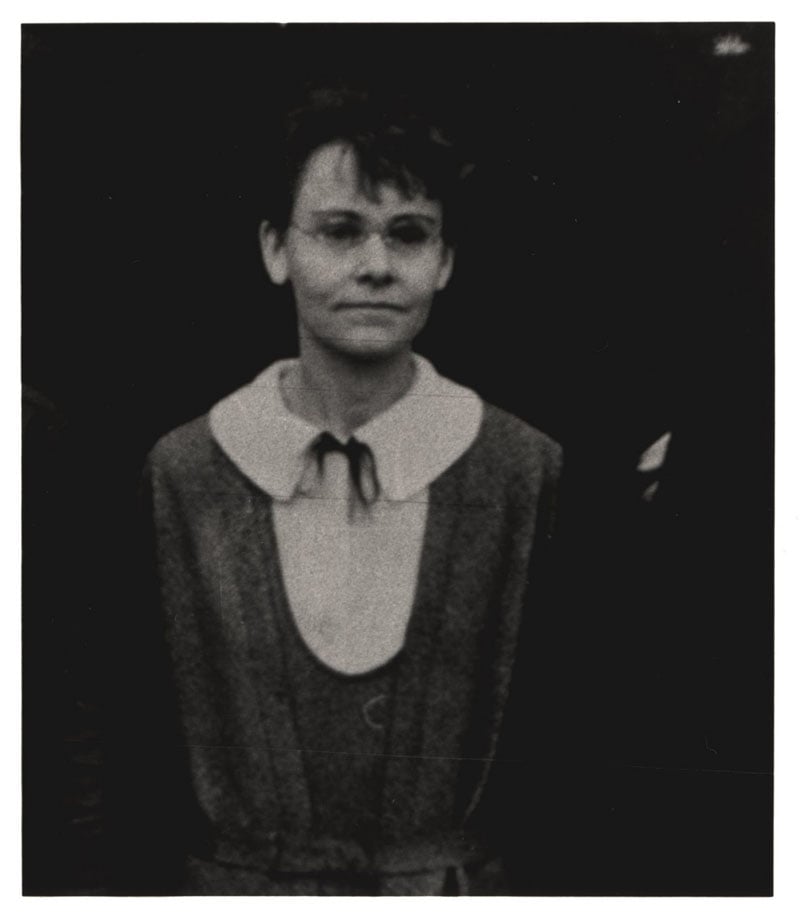
Source: Blogspot
Barbara McClintock was studying to be a botanist at Cornell when she took a class in the fledgling field of genetics in 1921. Her professor was so impressed with her work in that class that he invited McClintock to enroll in Cornell’s genetics program, off limits to women at the time. It was at Cornell that she would be introduced to the principal subject of all her major work, maize.
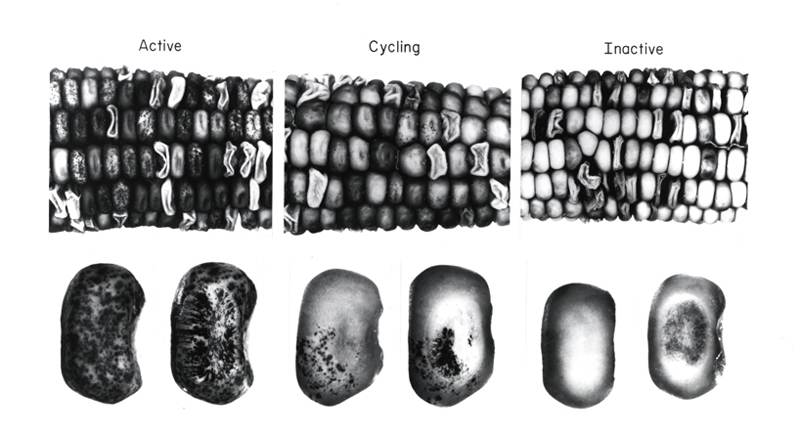
Source: National Institute Of Health
McClintock was concerned with chromosomes, specifically what each pair did, and was able to link certain chromosomes to physiological traits by monitoring the maize’s progeny. She was also integral in determining the role of centromeres in cell reproduction and correctly predicted that telomeres are protective junk information at the ends of all chromosomes.
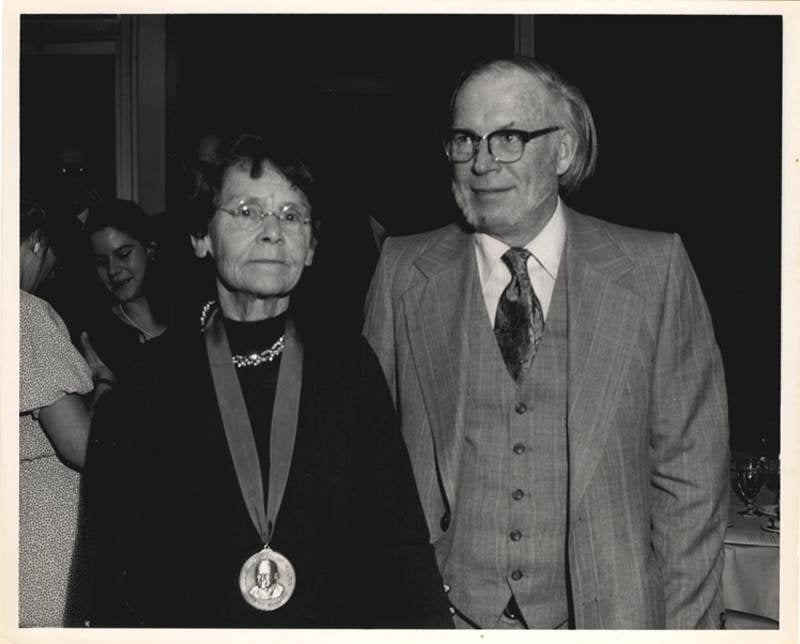
McClintock is most important for her 1948 research into the color patterns of maize kernels. To everyone’s surprise, she discovered that the genetic loci responsible for genetic activation were not only capable of doing more than turn genes off and on, but were actually capable of moving about the chromosome. Her work and conclusions were so ahead of their time that no one understood them enough to give them any attention. It wasn’t until genetics had progressed by a few leaps that she finally earned a Nobel for her work, in 1983.
Unknown Women Scientists: Dorothy Hodgkin
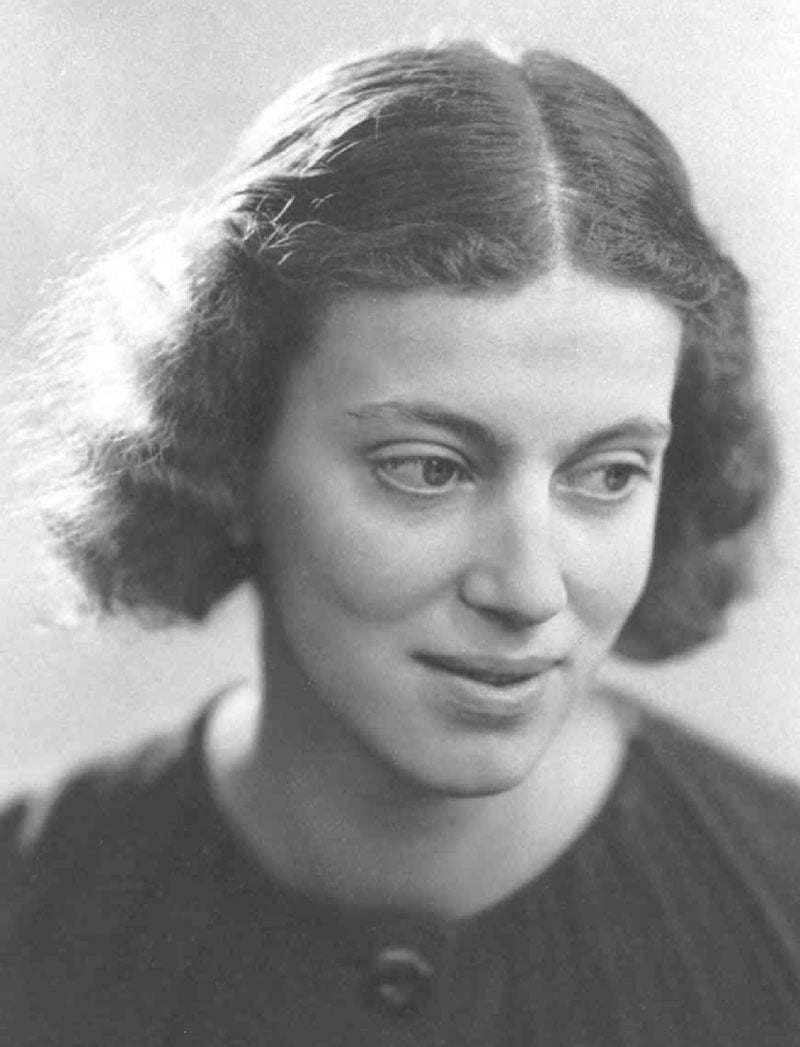
Source: WordPress
Dorothy Hodgkin was born in Egypt, where she lived with her archaeologist parents. During World War One, Hodgkin returned to England and began her education. Hodgkin displayed a preternatural talent for chemistry early, and was accepted by into Somerville University despite lacking knowledge of Latin. There she became aware of X-Ray crystallography, which would lead to her greatest discoveries.
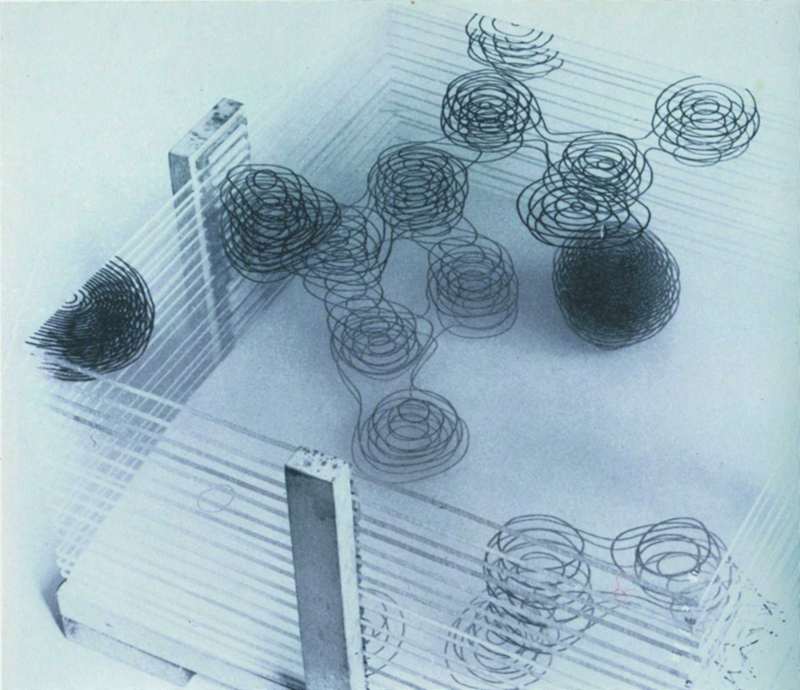
Source: Data Deluge
After successfully structuring a steroid in 1945, she published her findings on penicillin. Nine years later, Hodgkin and her team published their findings on the structure of B12, for which she won the Nobel Prize. She went on to chart the structures of several key organic molecules, helping to determine their function in the body and their artificial creation in a laboratory.
Next, read the story of the brilliant female scientist of Ancient Greece known as Hypatia of Alexandria. Finally, check out 24 Isaac Newton facts you’ve never heard before.





